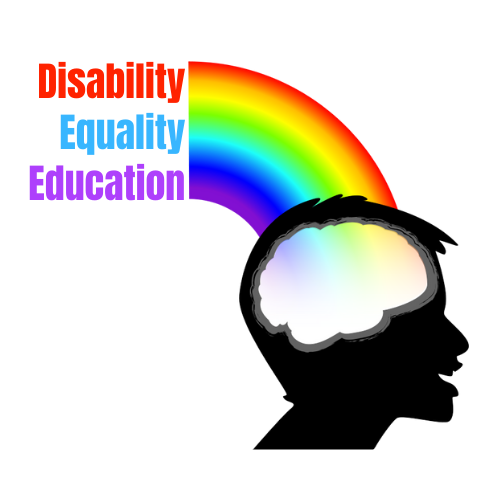
Interdependence Lesson
This lesson will help students understand that we are all interdependent on each other.
Image description: stones leaning against one another forming an arch
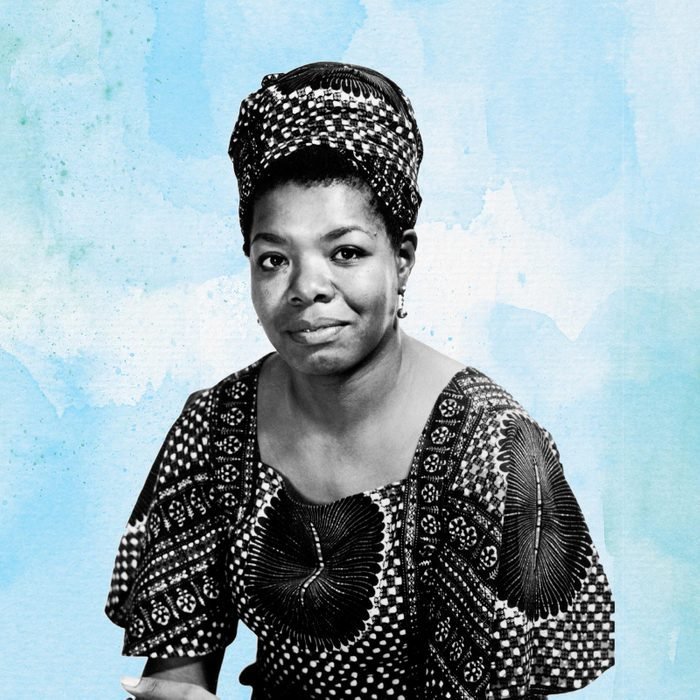
Maya Angelou Lesson
In this read-aloud of a picture book version of Maya Angelou’s “Life Doesn’t Frighten Me”, students will learn about and discuss fear, what it means to be brave, and how to cope when feeling scared. Students will learn about Maya Angelou and selective mutism, which is an anxiety disorder that Maya Angelou experienced for 5 years during adolescence.
Image description: Sketch of Maya Angelou
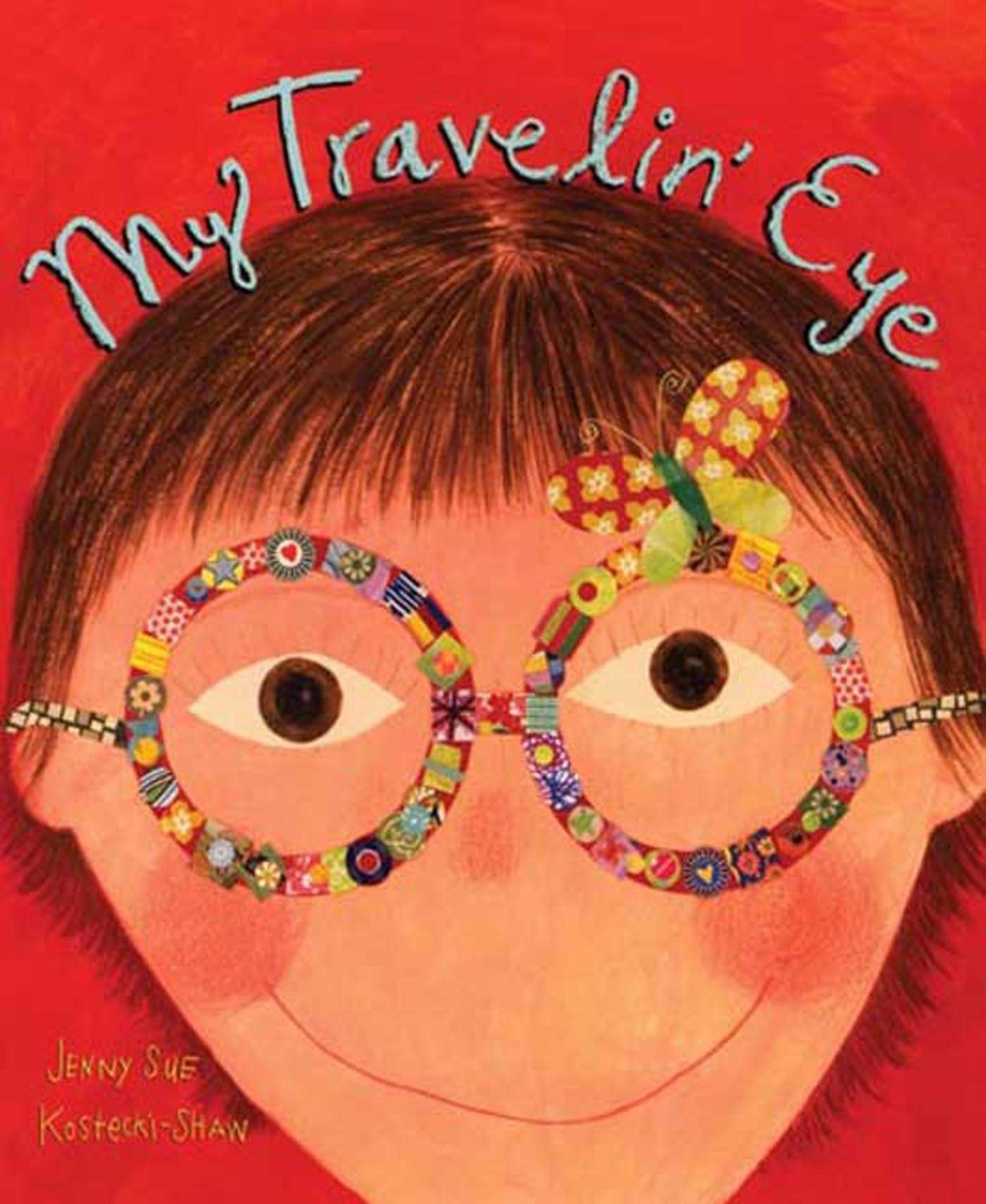
My Travelin’ Eye Lesson Plan
In this lesson the teacher will read aloud My Travelin’ Eye. This book shows from the character’s perspective what it is like to be on the receiving end of bullying and how she had to cope. As a way of coping Jenny’s mom made her special fashion eye patches. The takeaway message for students is that people who look different and have disabilities are still people in the world just like them.
Image description: Cover art for the book “My Travelin’ Eye”

One Out of Five - Intro to Disability
The purpose of this lesson is to humanize the experience of disability by focusing on student-voice videos, recognize diversity within the disability community, and discuss ways to promote accessibility. This is the first in a series of 5 lessons by Washington State’s One Out of Five Disability History and Pride Project.
Image Description: Groups of students sit and stand, talking in clusters. The profiles of the students of different ages, races, and abilities is on a colorful background of yellow, orange, and green. The dominant image is the silhouette of a male student in dark blue reading a book. The title is: One Out of Five: Disability History and Pride Project. “One” and “five” are spelled out in American Sign Language. At the bottom, Braille reads: “pride” and “history.”]

One Out of Five - Intersectionality
The purpose of this lesson is to shift stereotypes and limited ways of thinking about people with disabilities to consider the full range of disability experiences from an intersectional perspective. This is the second in a series of 5 lessons by Washington State’s One Out of Five Disability History and Pride Project.
Image Description: Groups of students sit and stand, talking in clusters. The profiles of the students of different ages, races, and abilities is on a colorful background of yellow, orange, and green. The dominant image is the silhouette of a male student in dark blue reading a book. The title is: One Out of Five: Disability History and Pride Project. “One” and “five” are spelled out in American Sign Language. At the bottom, Braille reads: “pride” and “history.”]

One Out of Five - Allyship and Solidarity
The purpose of this lesson is to teach students how to recognize ableism and its harmful effects, be allies in solidarity with people with disabilities, and actively and intentionally build inclusive communities. This is the fifth in a series of 5 lessons by Washington State’s One Out of Five Disability History and Pride Project.
Image Description: Groups of students sit and stand, talking in clusters. The profiles of the students of different ages, races, and abilities is on a colorful background of yellow, orange, and green. The dominant image is the silhouette of a male student in dark blue reading a book. The title is: One Out of Five: Disability History and Pride Project. “One” and “five” are spelled out in American Sign Language. At the bottom, Braille reads: “pride” and “history.”]

One Out of Five - Disability History in Washington State
The purpose of this lesson is to increase awareness of local and state disability history, including discrimination, advocacy, and grassroots movement. This is the fourth in a series of 5 lessons by Washington State’s One Out of Five Disability History and Pride Project.
Image Description: Groups of students sit and stand, talking in clusters. The profiles of the students of different ages, races, and abilities is on a colorful background of yellow, orange, and green. The dominant image is the silhouette of a male student in dark blue reading a book. The title is: One Out of Five: Disability History and Pride Project. “One” and “five” are spelled out in American Sign Language. At the bottom, Braille reads: “pride” and “history.”]

One Out of Five - Disability History in the United States
The purpose of this lesson is to teach the history of the disability rights movement in the United States, as well as diversity within that movement. This lesson includes important people, policies, and events in disability history in the United States. This is the third in a series of 5 lessons by Washington State’s One Out of Five Disability History and Pride Project.
Image Description: Groups of students sit and stand, talking in clusters. The profiles of the students of different ages, races, and abilities is on a colorful background of yellow, orange, and green. The dominant image is the silhouette of a male student in dark blue reading a book. The title is: One Out of Five: Disability History and Pride Project. “One” and “five” are spelled out in American Sign Language. At the bottom, Braille reads: “pride” and “history.”]
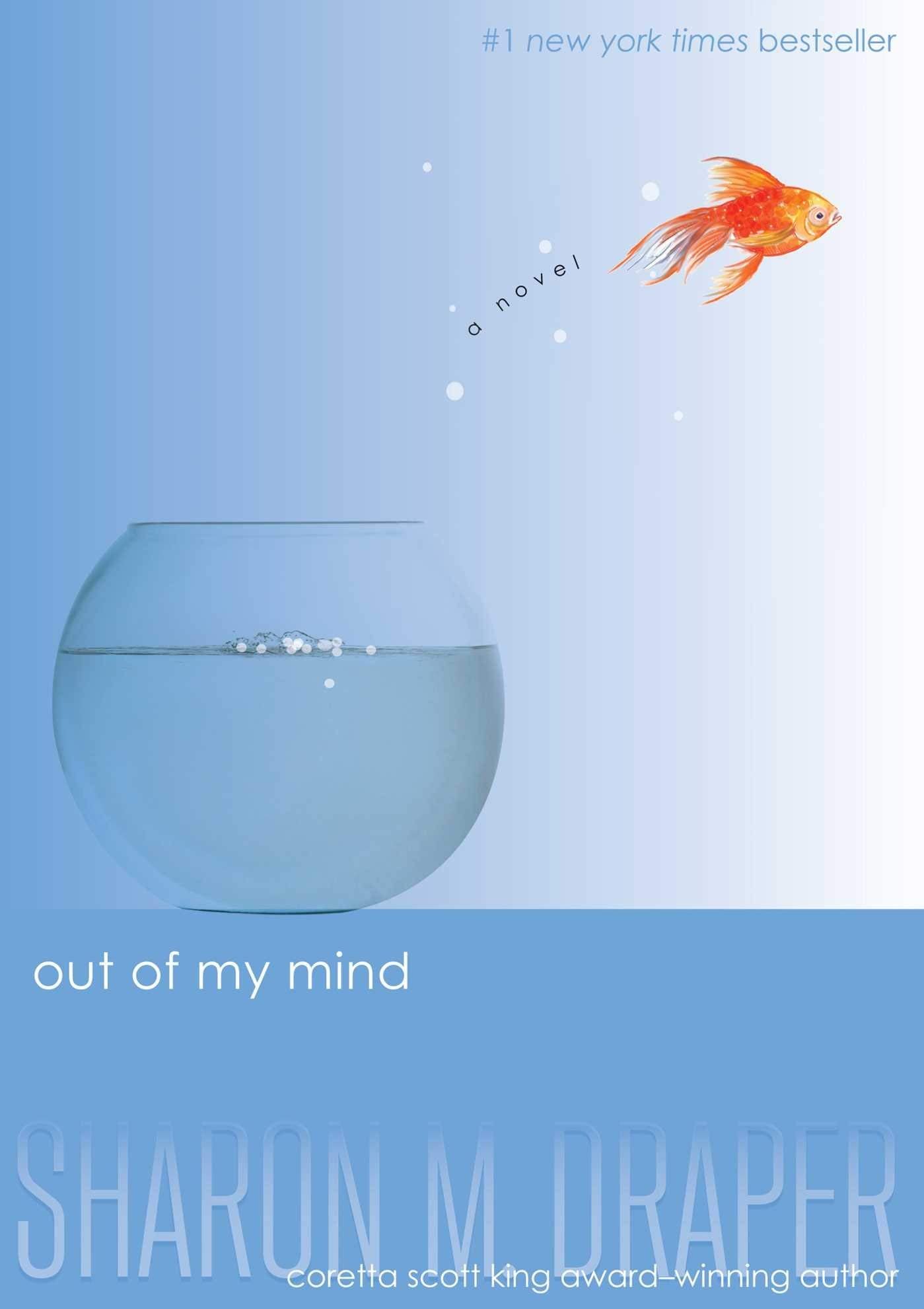
Out of my Mind - Book Discussion Guide
Out of My Mind is narrated by a girl with cerebral palsy who's very intelligent but unable to express herself by speaking or physically. When Melody is integrated into some general classes at school, many kids are purposely mean; others, including teachers, are cruel through their assumptions that Melody is incapable of understanding them. With the help of her parents and some supportive friends and teachers, Melody acquires a machine that allows her to communicate better than she ever has before (Common Sense Media). At last Melody has a voice… but not everyone around her is ready to hear it (Draper, 2010). This book discussion guide can also be adapted into a full assignment if that is more applicable for your student group.
Image description: Cover from the book “Out of My Mind”

Patient No More: People with Disabilities Securing Civil Rights
Teaching the story of the 504 occupation, the focus of the Patient No More exhibit, will undoubtedly leave students with a new perspective toward living with a disability. “Patient No More” offers a story about the creativity and strength that comes out of the disability community, an incredible example of how change can happen from the bottom up. It's also a story about how disability rights have changed the lives of all Americans in ways they might not realize.
Image Description: “Patient No More - People with disabilities securing civil rights” black and white photo of protestors with capitol building in the background, many in wheelchairs, one with a sign on the back of their wheelchair that says “We Shall Overcome”

Personify a Word with Social Media Lesson
Students will research concepts related to disability and then create a physical Pinterest board in groups. Each group will present and discuss their concept in a gallery walk style. This lesson highlights the social model of disability as well as introducing disability topics.
Image description: the word “personification” repeated over and over at an angle
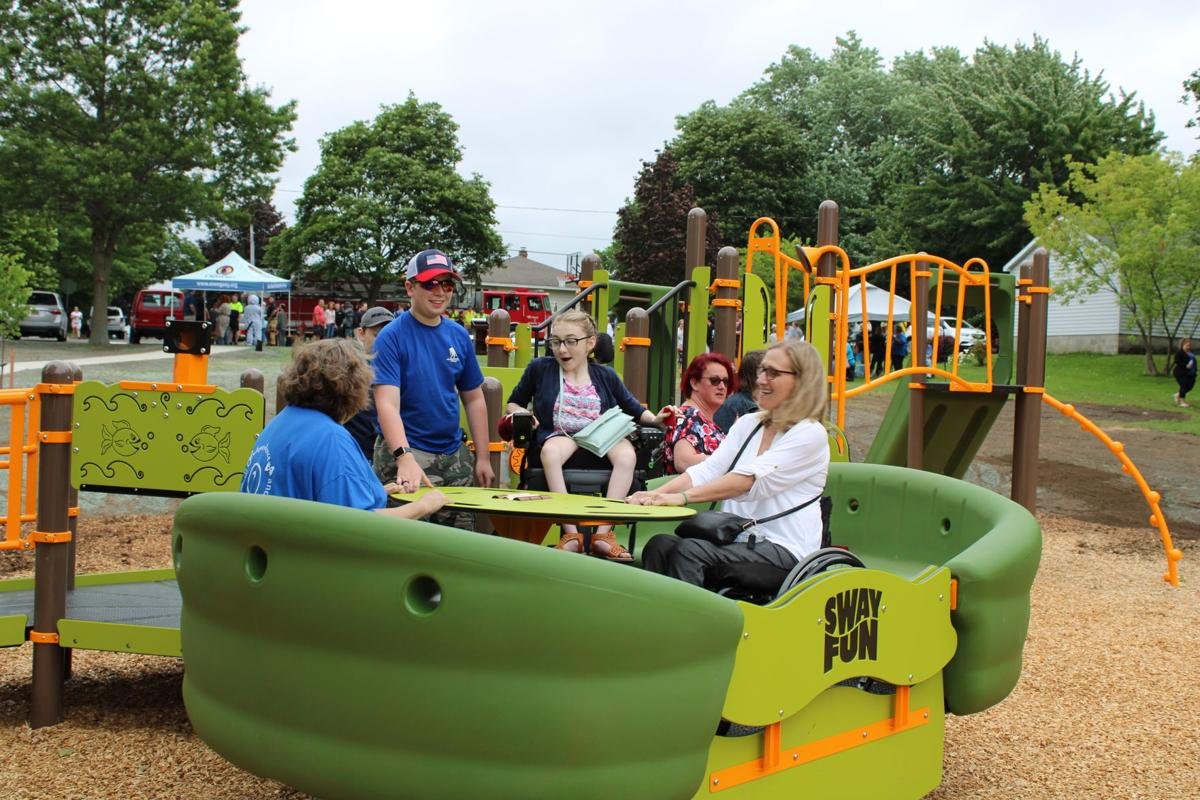
Play Map: Designing Inclusive Spaces
Students will map out where they have recess. Students will be asked to reflect on the physical accessibility of their environment (i.e. 3 steps to go from classroom to outside, playground has woodchips and a step up). They will draw out a map for their current environment and then create new map that is a inclusive play area.
Image description: wheelchair accessible playground equipment and people playing on it

Portrait of the Whole Person - Disability Rights Washington
Portrait of the Whole Person is a curriculum for elementary school students designed to teach students how disability rights fit into the broader civil rights movement, to perceive disability as a reflection of societal views of differences, and to treat people with disabilities with respect and dignity. It contains four distinct lesson plans comprised of three in-class instruction lesson plans and one lesson plan governing the research and writing of a biographical sketch and creation of a portrait of a notable person with a disability. It is also complete with a graphic organizer, rubrics, a power point, and a list of references students can use for research.
Image Description: Disability Rights Washington logo with “Portrait of a Whole Person Curriculum Overview” written below and drawings of 3 different people in colored pencil.

Posters with Disability Inclusive Content
Posters with disability representation. Most are free to download, though some can be purchased as well.
Image description: Corkboard wall with many signs of assorted size and colors.

Racialization of Disability Lesson
In this lesson, students will read and discuss Douglas Baynton’s Disability and the Justification of Inequality in American History. Students will participate in a discussion about the racialization of disability and the intersections of ableism and racism.
Image description: Photograph of James Baldwin and the quote “We can disagree & still love each other unless your disagreement is rooted in my oppression & denail of my humanity & right to exist” - James Baldwin
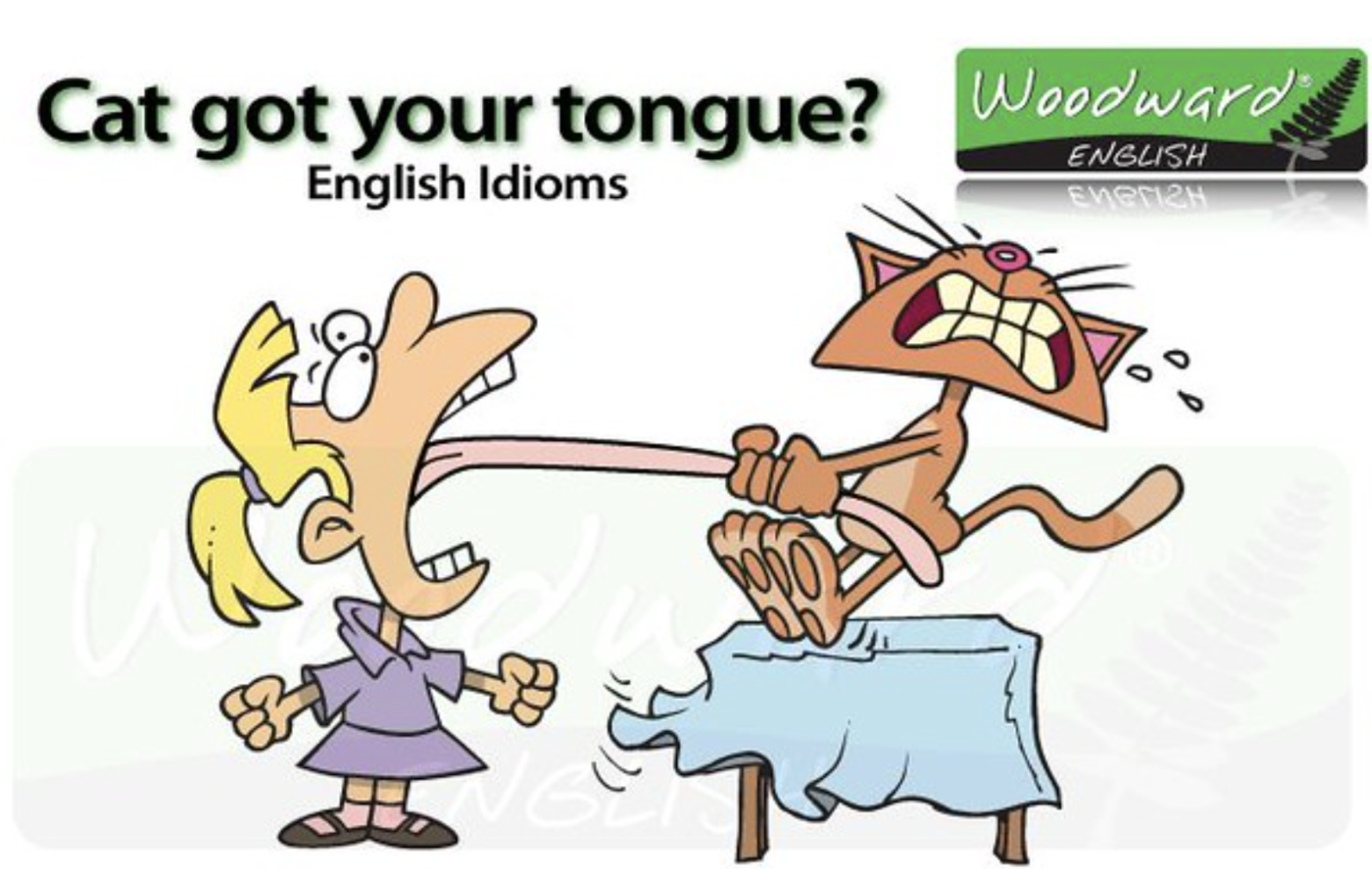
Recognizing Literal and Figurative Language, Idoms & Metaphors
In this 3 part lesson, students will learn how to recognize idioms and explain the difference between literal and figurative language
Students will determine what assumptions are made in certain situations and text using literal and figurative language.
Image description: Graphic showing a cat pulling on a child’s tongue with the text “Cat got your tongue? English Idioms”

The Right to be Disabled: Video Discussion Guide
For this lesson, students will watch a video titled “The Right to be Disabled” from the Broadreach Training and Resources webpage. This video details Norman Kunc’s journey from being somebody who wanted to hide his disability, to somebody who realized that he has the right to be disabled and that the world around makes him feel like he was not the way he should have been. This video explores important questions about disability, and civil rights movements in general. Students will watch the video and discuss these topics in think, pair, share series of activities.
Image description: Screenshot of the video “Conversations that Matter: The Right to be Disabled”

Rhyming Lesson based on “Different - A Great Thing to Be”
Students will identify personal similarities and differences between peers. Students will listen to read/listen to “Different… A Great Thing to Be” and identify rhyming words. After the lesson, students will write a poem about being different.
Image Description: cover of the book "Different: A Great Thing to Be!" includes an illustration of a girl with long brown hair holding flowers. Her eyes are closed and she's wearing glasses.

Scientific Racism and Scientific Bias Lesson
Students will learn about the history of how science has been used to enforce racism. Students will think critically about scientific bias.
Image Description: Sepia tone background. “Scientifc Racism and Scientific Bias” in white letters

The Sneetches Lesson
Students will read/watch the story of The Sneetches by Dr. Seuss. Students will think about prejudice and bullying. Students will learn that differences are not a bad thing and that no one should have to change to please others.
Image description: Cover art from the book “The Sneetches”
